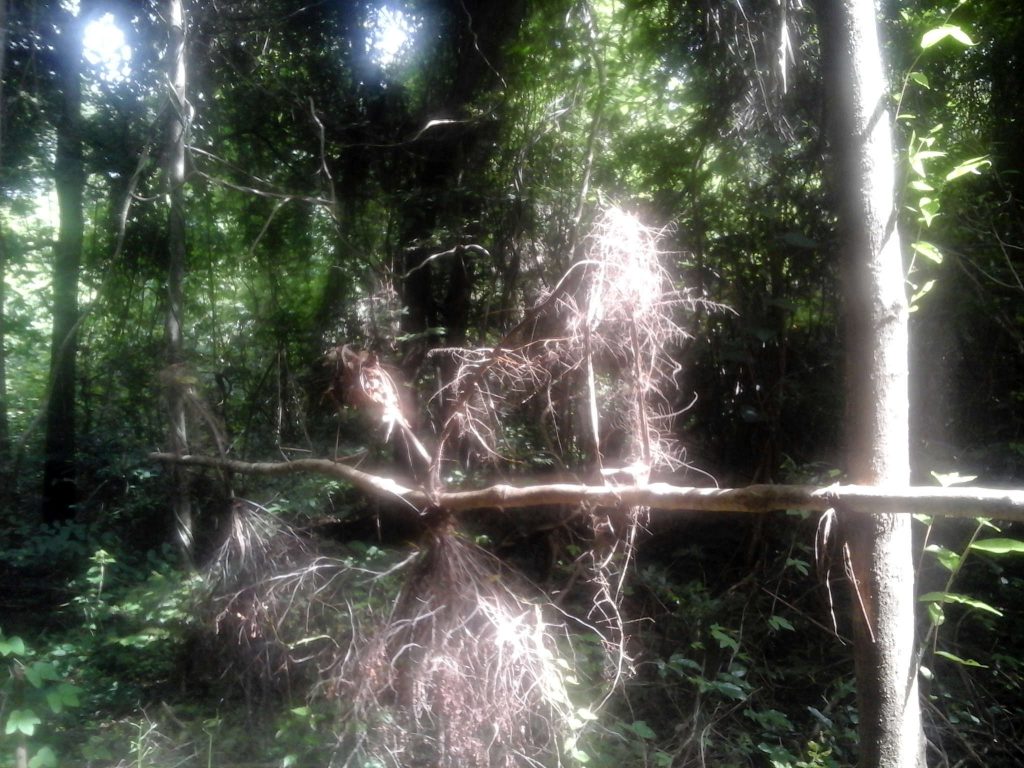Oolong Industry in Vietnam: Focusing on Its Linkage with Taiwan
Research Background The foreigner direct investment (FDI) in farmland of tropical area is not a news, especially large-…

Lemurs of Madagascar are among the worlds most endangered primates, with 90% of species threatened with extinction. Therefore, lemurs are a priority for conservation practices (Schwitzer et al. 2014). The main threats faced by lemurs are habitat loss, mainly due to bushfires and the conversion of land-use, and hunting.
Ankarafantsika National Park (ANP) is the largest remnant dry forest in north-western Madagascar. The park is important for the conservation of lemurs as it is home to 8 species, all of which are threatened: Propithecus coquereli, Eulemur fulvus, E. mongoz, Avahi occidentalis, Lepilemur edwardsi, Cheirogaleus medius, Microcebus murinus, and M. ravelobensis (Alonso et al. 2002).
The park is under the Man and Biosphere program of UNESCO, which considers the social development of local people, as well as the sustainable use and conservation of nature. However, the human population living inside and around ANP is rapidly expanding and is dependent on forest resources. Therefore, the services provided by nature may no longer be sufficient for the people. However, there has been little research on the influence of local people on the park. We investigated the habitat structure and abundance of lemurs in two types of forest: a forest that local people have access to and use sustainably, and a forest managed by the park, which cannot be used by the local people.
The purpose of this research is to understand the effect of the habitation of people in and around the ANP. As lemurs are key flagship species at ANP, we estimated the abundance of the diurnal large-bodied lemurs (P. coquereli, E. fulvus, and E. mongoz) in the forest that local people manage (forest 1) and in the forest managed by the park authorities and which is out of bounds of the local people (forest 2; at Ampijoroa, in ANP). We investigated the structure of lemur habitat in both forests and the wood used to build 30 new houses in 6 villages in and around ANP.

We visited eight transects in both forests three times. We counted the number of trees with DBH > 10 cm and DBH between 5 and 10 cm in twenty-five 10 × 10 m sampling plots (quadrats) in forest 2 and twenty-three 10 × 10 m sampling plots in forest 1. We inspected the wood used in building 30 new houses in six villages in and around ANP. For this purpose, we asked the owner of the house the name and number of poles used to make the houses.
The abundance of lemurs appears to be low. The forest managed by the park had a higher diversity of trees species and more large trees than did the forest managed by the local people. The villagers selectively use trees for their houses. The trees used by locals for housing are not abundant in either forest. There is an overlap between the tree species used by locals to build houses and the plants that lemurs depend on for food. Sustainable use of the forest should be encouraged to conserve the habitat of lemurs and improve the life of the local people who depend on the forest for their livelihood.
We plan to continue questioning the local villagers about the wood they use to build their houses.
【1】Alonso LE, Schulenberg TS, Radilofe S, Missa O. 2002. Une évaluation biologique de la Réserve naturelle intégrale d’Ankarafantsika, Madagascar. RAP Bulletin of Biological Assessment 23. Conservation International, Washington DC.
【2】Schwitzer C, Mittermeier RA, Johnson SE, Donati G, Irwin M, Peacock H, Ratsimbazafy J, Razafindramanana J, Louis Jr. EE, Chikhi L, Colquhoun C, et al. 2014. Averting lemur Extinction amid Madagascar’s Political Crisis. Science. 343:842–843.
Copyright © 附属次世代型アジア・アフリカ教育研究センター All Rights Reserved.